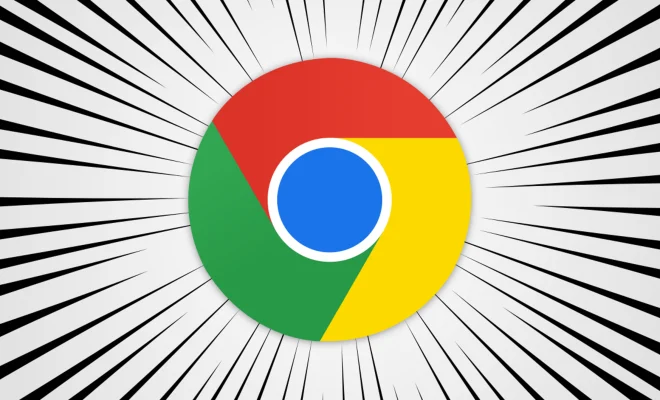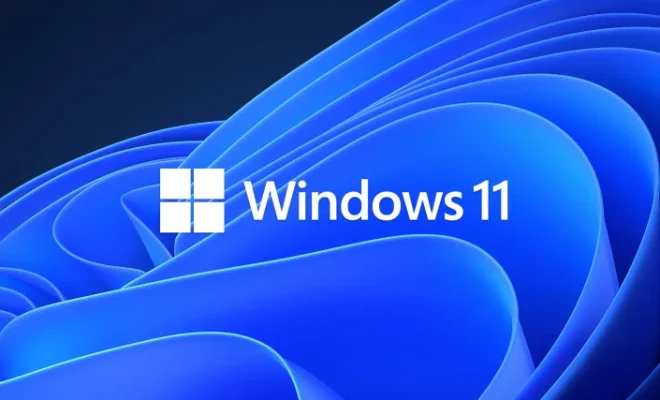How to Partition a Hard Drive (Windows 11, 10, 8, 7, +)

Partitioning a hard drive is a useful way to organize and manage your computer’s storage. It allows you to divide your hard drive into multiple parts, making it easier to store and access your files. Whether you are running Windows 11, 10, 8, 7, or older versions of the operating system, partitioning your hard drive is a simple process that can be done in just a few steps.
Here are the steps to partition a hard drive in Windows 11, 10, 8, 7, and older versions:
Open Disk Management: Press the Windows key + X and select “Disk Management” from the pop-up menu.
Select your hard drive: In the Disk Management window, locate the hard drive that you want to partition. Right-click on it and select “Shrink Volume”.
Shrink the volume: In the “Shrink” window, you will see the size of the partition and the amount of space you can shrink it by. Enter the amount of space you want to allocate to the new partition and click “Shrink”.
Create a new partition: After the shrink process is complete, you will see the unallocated space on your hard drive. Right-click on it and select “New Simple Volume”. Follow the prompts to create the new partition, including selecting the size and assigning a drive letter.
Format the new partition: Once the new partition is created, you will need to format it before you can use it. Right-click on the new partition and select “Format”. Follow the prompts to format the partition, selecting the file system and allocation unit size.
Assign a drive letter: After formatting, assign a drive letter to the new partition. Right-click on it and select “Change Drive Letter and Paths”. Click “Add” and select the desired drive letter.
Done: After completing these steps, you will see the new partition in your File Explorer, ready to be used.
In summary, partitioning a hard drive in Windows 11, 10, 8, 7, and older versions can be completed in just a few steps. By dividing your hard drive into multiple partitions, you can organize and manage your files more efficiently, improving your computer’s performance and making it easier to use.






